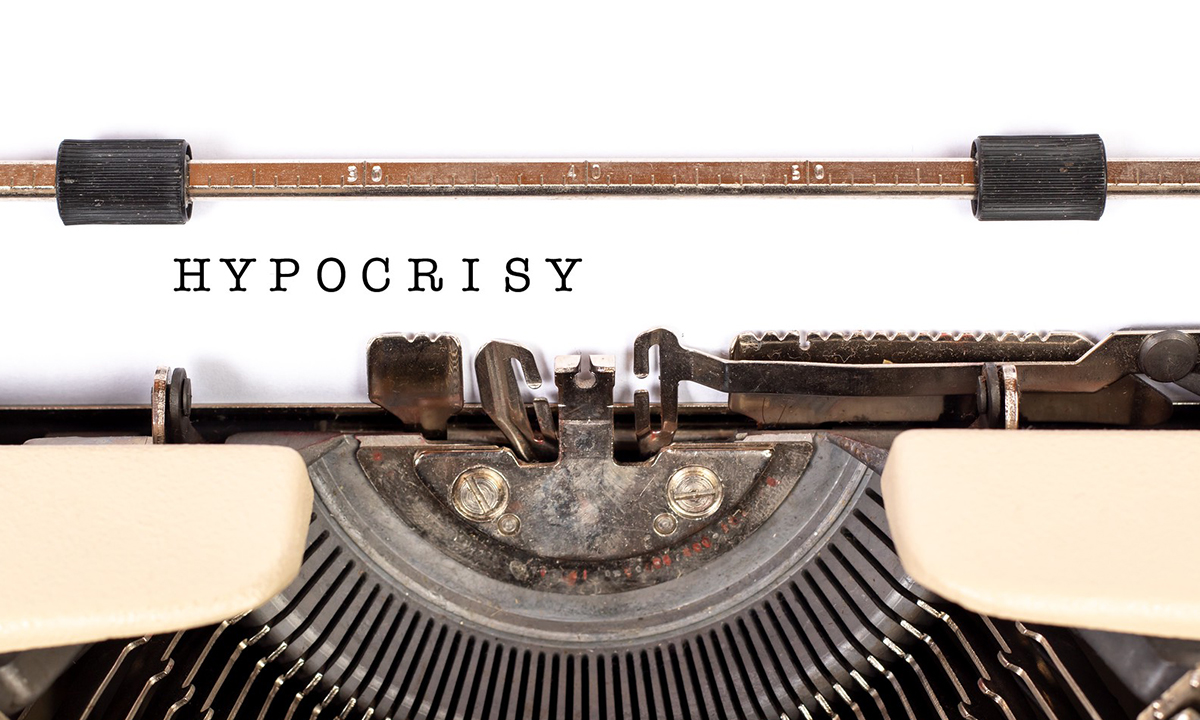Written by Richard Rider, Chairman of San Diego Tax Fighters
This March, California voters will likely vote to go further into debt with a mislabeled “Prop 13” $15 billion state bond measure. I’ve previously written an article about why this con job (using “Prop 13”) is a terrible idea.
But I must credit the recent San Diego Union-Tribune editorial opposing this March Prop 13 (occasionally they get something right) with presenting an additional devastating point that needs emphasis. It’s worth quoting and expanding on as it’s an insight that no one is raising:
“Sadly, the days when California required 35-year bonds be used only to build long-term capital improvements are long gone. Proposition 13 specifies $5.8 billion would go to K-12 schools to build, repair and modernize schools. What does this mean with current loose rules? Districts use long-term borrowing to pay for routine maintenance — minor repairs, painting, etc. — and short-lived iPads, lighting and fire alarms. With more bond money available, school board members who already face constant pressure to boost employee pay will keep eyeing borrowed money for day-to-day bills. That shouldn’t happen. Californians should send a message to the state Capitol and require responsible budgeting.”
Many of us in San Diego remember the story about the Poway Unified School District buying tons of iPads for students in 2012—purchased with 40 year Capital Appreciation Bonds. The same is true for the San Diego Unified School District, the second-largest district in California. These high-cost bonds defer (and compound) interest for 20 years, leaving the bills to people who mostly didn’t even get a chance to vote on (let alone understand) the bonds.
The result is that each Poway (and SDUSD) $399 iPad purchased will cost taxpayers about $2,500, including the bond interest. These trendy devices didn’t work with the Poway curriculum software as advertised, were frequently stolen, broken, stopped working, or too quickly obsolete. I suspect that none of the 2012 iPads are still being used by the Poway Unified School District today. But the bonds to pay for these iPads were scheduled to continue soaking taxpayers until 2042.
Here’s a good paper on this disaster. The Los Angeles Unified School District did a similar but much larger iPad blunder.
And here’s the San Diego County Taxpayers Association analysis on the SDCTA and Poway mess (back then, SDCTA was sometimes supportive of taxpayers).




